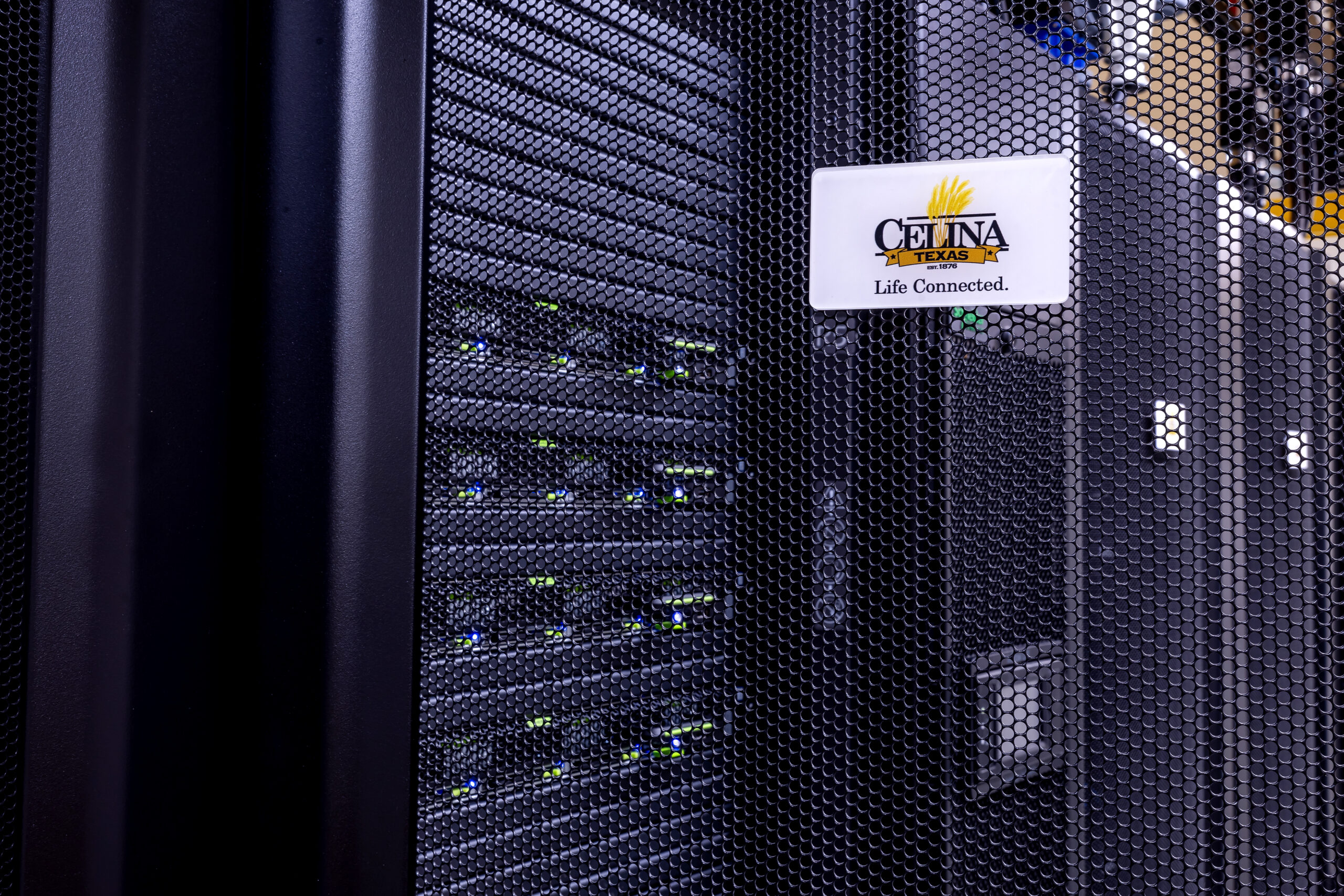When it comes to IT departments, bigger has not necessarily been better.
From the moment mainframes were introduced, engineers were hard at work finding ways to make the machines smaller, faster and more efficient. Today, hyperconvergence helps businesses reduce infrastructure to once unimaginable levels while improving scalability and agility. Combining storage, compute and networking capabilities in one appliance offers several significant benefits for your business.
Less Planned and Unplanned Downtime
In theory, upgrading your software sounds like a simple process. Unfortunately, upgrades often fail – or worse – disable your entire system. That leads to increasingly panicked calls from users or customers who can’t log on. The more servers you have, the greater the chance of failure and downtime.
While a minute or two of downtime may not seem like an issue, downtime can quickly become costly. An hour of downtime costs companies between $301,000 and $400,000 per hour, according to Statista.
A benefit of hyperconvergence is decreased maintenance windows and downtime, both planned and unplanned. Your new system runs on a single hardware platform and uses a single software program, making multiple upgrades unnecessary. Rolling updates are automatically pushed out to each node, eliminating costly outages and downtime. As each node serves as a redundant storage pool, a problem with one node won’t affect the system’s ability to function normally.
Improved Scalability
Improved scalability is another benefit of hyperconverged infrastructure. When you’re ready to grow, so is your system. You can add a new virtual machine with just the click of a mouse or add or delete nodes based on the demands of your business. There’s no longer any need to budget for new servers or buy a bigger, more expensive system than you really want to allow for possible expansion in the future. Scaling up your data center only takes a few minutes.
A Leaner Budget
Reduced spending just may be the most attractive aspect of making the switch to a hyperconverged environment. Hyperconvergence can help you:
- Lower Staffing Costs: IT specialists are no longer needed to support the system, as the hyperconvergence management software handles the most complicated tasks. Thanks to hyperconvergence, you may be able to shrink your staff along with your infrastructure. Although you’ll always need generalists, those staffers will be able to focus on more important things than troubleshooting, integration and maintenance.
- Decrease Replacement and Maintenance Costs: Replacement, support and maintenance costs shrink dramatically when you replace your data center with a software-defined approach. You may need to buy a new appliance initially, but hyperconverged infrastructure can run on a low-cost commodity x86 hardware.
- Reduce Your Electricity Bill: When you run fewer devices, you’ll see a reduction in your cooling and utility costs.
A More Efficient Solution
The benefit of hyperconverged environments offer easy integration between private and public cloud environments, speed data transfers and backups. They also make it simple to move workloads to other locations. Fully automating processes can be a challenge when your system employs a hodgepodge of servers and storage arrays. Thanks to centralized management tools offered by hyperconvergence model, full automation may finally become a reality for your business.
Better Security
It’s hard not to worry about security breaches when newspapers and websites are full of frightening cautionary tales. In fact, IT leaders surveyed by the Society for Information Management reported that cybersecurity was a key concern for their companies.
Hyperconvergence software spots and detects possible attacks. They also enable a quicker disaster recovery response should a flood, fire or hurricane cause an outage. Data deduplication, snapshotting and cloud storage ensure help you get your systems up and running quickly after a disaster or security incident.
In a competitive marketplace, the benefits of hyperconvergence may offer the edge you need to improve your market share. The technology is worth considering if you’ve been searching for ways to improve efficiency and scalability without increasing costs.





